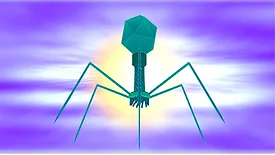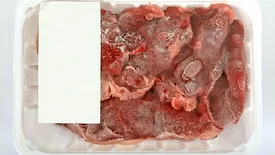Home » Keywords: » research and development
Items Tagged with 'research and development'
ARTICLES
A robust product development process builds control into the process so that food safety variables are properly considered
Read More
Nestlé combines two scientific discovery units into one R&D company
Nestlé’s researchers collaborate with scientists at local and international academic institutions, enabling them to make scientific discoveries and to advance the quality of Nestlé’s products.
June 6, 2018
Never miss the latest news and trends driving the food safety industry
eNewsletter | Website | eMagazine
JOIN TODAY!Copyright ©2025. All Rights Reserved BNP Media.
Design, CMS, Hosting & Web Development :: ePublishing









